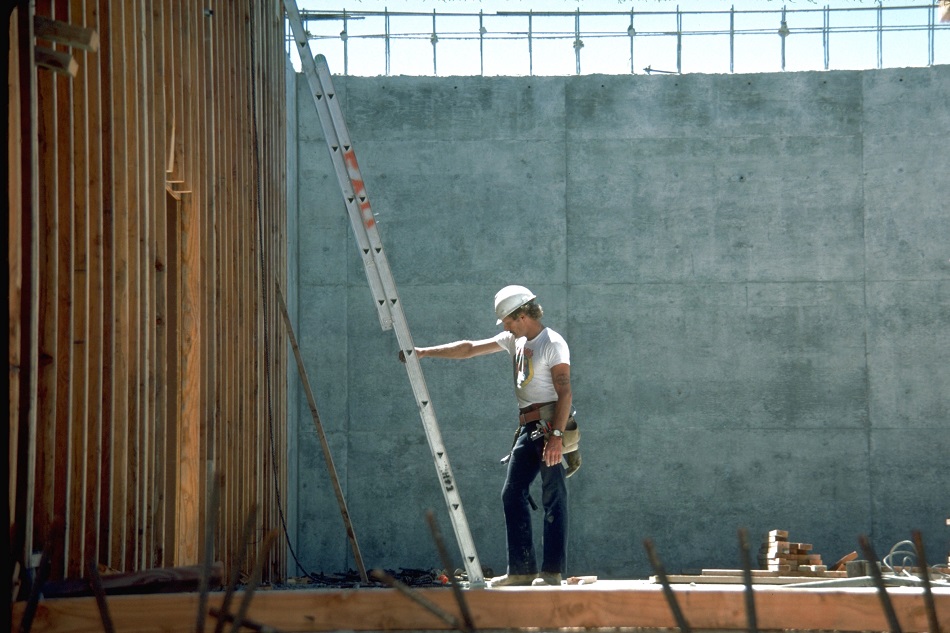Competent person

|
Contents |
[edit] Introduction
Generally, a competent person is one who has the necessary skills and ability to undertake a particular task, eg a competent golfer or salesperson. In construction however, the term also has two more specific meanings.
[edit] Health and safety
The term 'competent person' can refer to a person who has the required skills, experience and knowledge to understand health and safety on site and so is able to recognise the hazards associated with particular tasks. They can then mitigate the effects of those hazards and allow the related tasks to be undertaken safely.
A competent person must not only be trained, skilled and knowledgeable but must also be able to apply these qualities to enable a task to be performed safely. It is important to consider competence in health and safety as an integral and vital component of worksite or workplace safety. It should not be an afterthought.
When conducting risk assessments, employers should be knowledgeable about the competence of their respective employees in order to provide them with the necessary training, instruction and supervision that each individual requires. Whatever measures are decided should be relevant to the workplace. A competent person should be appointed by the employer to ensure that relevant health and safety duties are met.
[edit] Self-certification
In the UK, ‘Competent person self-certification schemes’ (or ‘competent person schemes’) were introduced in 2002 to allow registered installers who are competent in their field to self-certify certain types of building work. For example, this can include air-tightness testing, plumbing and heating installers, electrical installers and cavity wall insulation installers.
The current schemes are listed at gov.uk.
For more information see: Competent person self-certifications schemes.
See also: Competence.
[edit] Related articles on Designing Buildings Wiki
- Building regulations.
- Competence.
- Construction health risks.
- Control of Substances Hazardous to Health (COSHH).
- Environmental health.
- First aider.
- Health and safety at work etc act 1974.
- Health and safety consultant.
- Health and Safety Executive.
- Health and safety for building design and construction.
- Health and safety inspector.
- Health and safety policy.
- Injuries on construction sites.
- Near miss.
- Notification to HSE.
- Safety management.
- Safety.
- What is a hazard?
- Work at height regulations.
- Work at height rescue plan.
[edit] External references
Featured articles and news
Infrastructure that connect the physical and digital domains.
Harnessing robotics and AI in challenging environments
The key to nuclear decommissioning and fusion engineering.
BSRIA announces Lisa Ashworth as new CEO
Tasked with furthering BSRIA’s impressive growth ambitions.
Public buildings get half a million energy efficiency boost
£557 million to switch to cleaner heating and save on energy.
CIOB launches pre-election manifesto
Outlining potential future policies for the next government.
Grenfell Tower Inquiry announcement
Phase 2 hearings come to a close and the final report due in September.
Progress from Parts L, F and O: A whitepaper, one year on.
A replicated study to understand the opinion of practitioners.
ECA announces new president 2024
Electrical engineer and business leader Stuart Smith.
A distinct type of countryside that should be celebrated.
Should Part O be extended to existing buildings?
EAC brands heatwave adaptation a missed opportunity.
Definition of Statutory in workplace and facilities management
Established by IWFM, BESA, CIBSE and BSRIA.
Tackling the transition from traditional heating systems
59% lack the necessary information and confidence to switch.
The general election and the construction industry
As PM, Rishi Sunak announces July 4 date for an election.
Eco apprenticeships continue help grow green workforce
A year after being recognised at the King's coronation.
Permitted development rights for agricultural buildings
The changes coming into effect as of May 21, 2024.





















